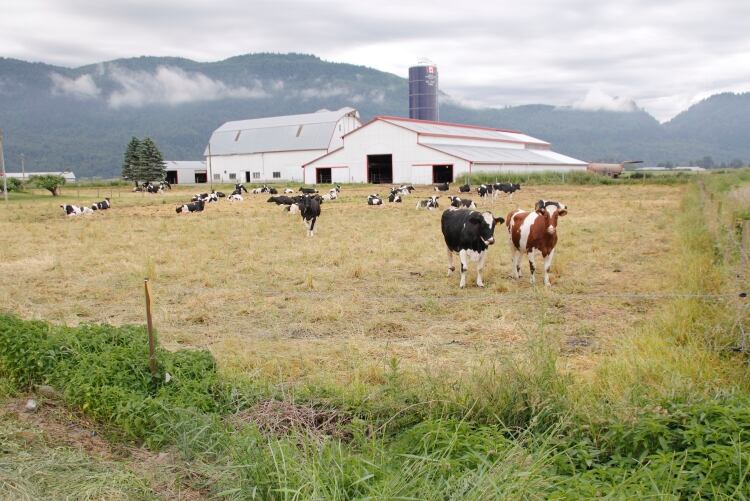FAIRR is warning of an ‘Apollo 13 moment’ for the meat and dairy industry, and has published a new issue briefing for investors, following analysis of the IPCC’s findings.
An Apollo-13 moment refers to the near-disaster on the Apollo 13 lunar mission, 52 years ago this month, when engineers had to help three astronauts reconfigure their CO2 filter system in order to ensure enough air for all three to survive the journey back to Earth. FAIRR said the innovation required by the meat industry is likely to require a broad embrace of alternative proteins, with FAIRR analysis suggesting alternative proteins could amount to 64% of the global protein market by 2060.
“Investors will be concerned that the global animal agriculture sector could face an Apollo-13 moment – a near disaster that will take urgent innovation to survive – as the low-carbon transition forces investors to shift capital,” said Maria Lettini, executive director of FAIRR.
FAIRR said two reports published recently by the IPCC – the UN body for assessing the science related to climate change – have concluded livestock is the main source of agricultural greenhouse gas emissions – through enteric fermentation primarily, and also manure storage and deposition on pasture.
The organization said the reports also note heat stress among livestock in a warmer world is set to wipe 7% off dairy production ($22bn) by the end of century.
FAIRR also said the IPCC finds “diets high in plant protein and low in meat, in particular red meat, are associated with lower GHG emissions. Emerging food-chain technologies such as microbial, plant, or insect-based protein promise substantial reductions in direct GHG emissions from food production.”
FAIRR added that 10% of land currently suitable for major crops and livestock will be unsuitable by mid-century under the most serious projections, and that animals reliant on natural grasslands for food are particularly vulnerable.
Lettini said, “Investors are already well aware of the regulatory and financial risks facing the livestock sector when it comes to climate, for example FAIRR has calculated that a carbon tax by 2050 would increase costs for beef companies by up to 55% of current average EBITDA. Now the science is clear that there is physical risk too, predicting that 20% could be wiped off the value of the beef sector by extreme heat stress in animals.”
According to the IPCC, the impacts of warming will differ across regions, but events negatively affecting livestock and agriculture – such as drought, heavy rainfall, and fire – will increase in frequency and severity. This is supported by recent findings from the Coller FAIRR Protein Producer Index, which found seven of 60 companies analyzed have reported climate-related financial impacts.
FAIRR said heat stress already costs the US dairy industry between $897m to $1.5bn per year in revenue. It added the USDA this month found unseasonable heat had contributed to a likely increase in up to 5% for dairy prices.
FAIRR said the report finds for every degree of warming the average animal eats 3-5% less, harming productivity and fertility. It said the US, UK and West Africa are projected to lose up to 17% of milk production by end of the century.

